Affiliate links on Android Authority may earn us a commission. Learn more.
In app purchases - the good, the bad, and the ugly truth
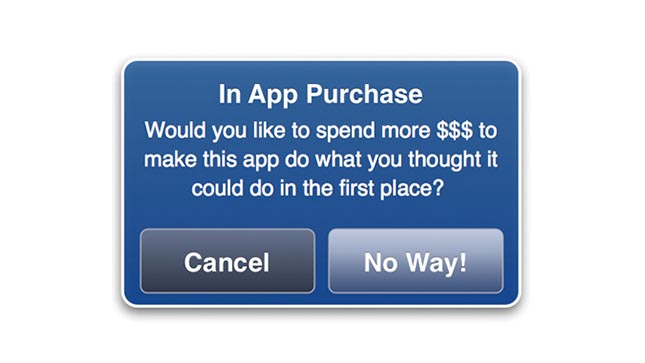
The fact is that developers make more money on mobile apps with IAPs than they ever did on the paid app model or the advertising model.
The answer is a resounding yes. The fact is that developers make more money on mobile apps with IAPs than they ever did on the paid app model or the advertising model. This allows developers to pump out more apps, more games, and earn more money which is both a good and bad thing for consumers. More money means we get more, higher quality games. The bad news is we get to suffer through this growing phase where developers are doing IAPs all wrong. So let’s explore what’s right, what’s wrong, and the facts behind IAPs.
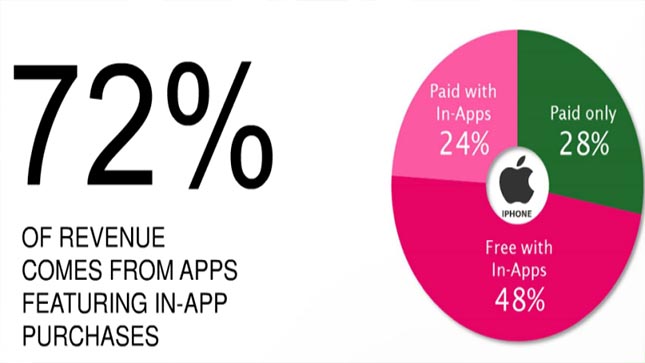
The facts
Before we jump down this rabbit hole, let’s take a loot at some of the facts about IAPs.
- App revenue in Android is up over 700% this year from last year. Google attributes this growth to IAPs and subscription services and have encouraged developers to adopt a Freemium model.
- According to Google, people are 1.7 times more likely to buy things on a tablet than on a phone.
- Free apps account for more than 90% of all app downloads. Simply put, people just aren’t buying applications.
Simply put, people just aren't buying applications.
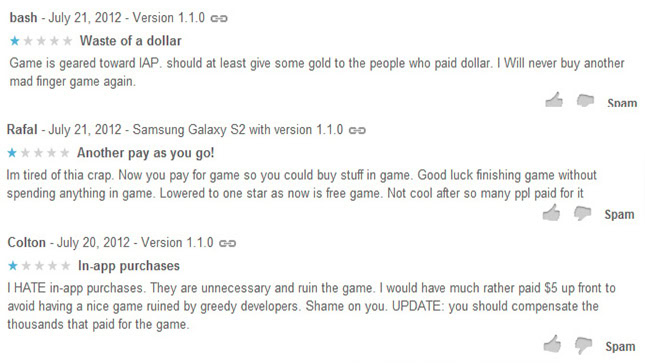
The bad
Now that we’re all up to date, let’s discuss what’s wrong with the in-app purchase model. In theory it’s a great model for both consumers and developers. We as consumers get free games that we can choose to pay for and developers have a revenue stream that’s gaining momentum. However, there is a delicate balance in how IAPs should be done and many developers aren’t hitting that sweet spot. Here are a couple of ways developers are doing it wrong.
Example 1 – Carpet bombing.
A recent example is Angry Birds GO. It is a well-done game that any casual gamer could enjoy but the experience of the game is somewhat hindered by a near constant demand for money. After every race, it’ll ask if you want double coins forever. After a few races your birds get tired and must rest but you can pay real money to keep them going. Right next to the unlockable cars are the pay-only cars. Literally everywhere you go in the game, it asks for money. In essence, the game carpet bombs you with in-app purchase opportunities and for many it ruins the genuinely enjoyable game that’s underneath the nonsense.
Examples 2 – Want to finish? Give me money!
Mostly used in games, this is by far the most obnoxious and, frankly, most despicable in-app purchase model. In this model, games will become intensely difficult after a short while with the only way to ease things up is to buy special items. You’ve no doubt seen people complaining about this before. They’ll tell you that it is literally impossible to finish the game until you pay for something. An amazing example of this is also the worst mobile game ever called Super Monster Bros. If you want anything in that game (lives, ammo, characters), you have to pay for it.
There are many other examples but those two are the most common. They either carpet bomb you with IAP offers or they prevent you from beating the game without buying something. Sometimes they do both. In these cases, app developers are pushing that line of ethics in order to make a quick buck and in most cases people take exception as they well should.
They either carpet bomb you with IAP offers or they prevent you from beating the game without buying something. Sometimes they do both.
Another very common issue with IAPs is the app’s failure to inform people that it contains IAPs. This isn’t a big deal for adults as we can plainly see the checkout box before we make any purchases. The trouble comes from kids games because parents leave their kids with a game and the kids accidentally rack up charges in an app without the parent’s consent. It’s gotten so bad in some countries that some are considering legal action.
The landscape for mobile apps and in app purchases is very precarious right now. There are tens of thousands of games and apps that do IAPs correctly but there are just as many who are doing it very wrong. Carpet bombing, forcing payments, and lack of notification almost make such developers seem like con artists trying to steal a buck from their consumers. The worst part is the bad examples cast all IAPs in a negative light, leaving properly-done IAPs open to criticism when they shouldn’t be.
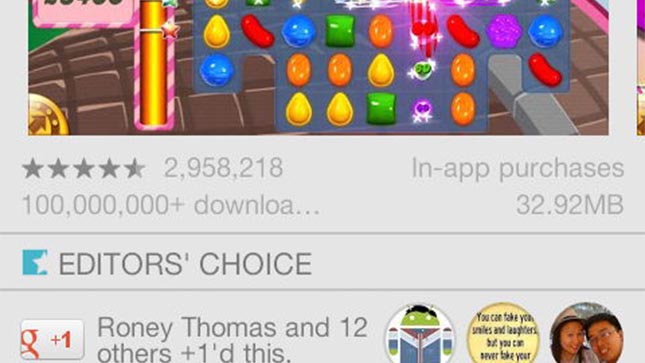
The good
It may seem like all is lost with IAPs. They’re everywhere and a lot of popular applications are literally giving away apps with one hand and reaching into your pocket with the other. Thankfully, we can say with certainty that this isn’t, in fact, the end of the world as we know it. There are a number of good things about in app purchases.
- We get amazing games like Clash of Clans, Dead Trigger 2, BADLAND, CSR Racing, Madden NFL 25, FIFA 14, and many, many more free of charge.
- We get to dictate how much a developer makes off of us. If you want to play these games or use these apps for free and not pay, you absolutely can. If you think the developer deserves money, you can give them money and they will give you something to make your experience more enjoyable. In theory, everyone wins.
- This system allows developers to make a lot more money. When they make more money, we get more apps and games. Developers also no longer have to depend on an advertising strategy which has always been shaky at best for apps. Especially when people use ad blocking to prevent the developer from making any money at all.
- They have the potential to make games more enjoyable. For instance, in Clash of Clans, you can pick up a few hundred gems for a few bucks and get an extra builder. This drastically reduces the amount of time it takes to upgrade your base and it doesn’t affect the enjoyment for others.
It also helps the case that app developers, the Google Play Store, and analytics companies are currently working on new ways to present IAPs without making so many people angry. In a recent piece by the Wall Street Journal, it was revealed that Japanese game developers are cleaning house on IAPs without making almost anyone angry.
Some of the information is pretty impressive. These game developers in Japan are hiring statisticians and mathematicians to calculate how, when, where, and why people buy IAPs. Based on the findings, the game devs are able to offer targeted IAPs that people actually want to buy without employing less-than-ethical strategies like the ones we discussed earlier. Instead, they tweak, add, and otherwise improve the game to keep people playing under the idea that if they play long enough, they will actually want to buy something.
Once larger developers realize the value of putting out a genuinely good game with a more dynamic IAP strategy, the landscape of IAPs will change.
Under this premise, these highly popular and genuinely good games are cleaning house. In October, one game developer — GungHo Online Entertainment Inc — earned $4.1 million per day. Their apps, which range from a 4.3 to 4.7 rating in the Google Play Store, all have in app purchases. Once larger developers realize the value of putting out a genuinely good game with a more dynamic IAP strategy, the landscape of IAPs will change and that can only mean good things for us, the consumers.
Lastly, even entities like the Google Play Store are helping out. In a recent update, the Google Play Store was updated to include indicators that apps contained IAPs. Once these sorts of changes roll out to everyone, issues like that pending lawsuit in Australia will be a thing of the past because parents will be able to clearly see if an app contains IAPs before downloading games for their kids or themselves. They also implemented the password PIN during purchases to prevent these very issues from occurring.
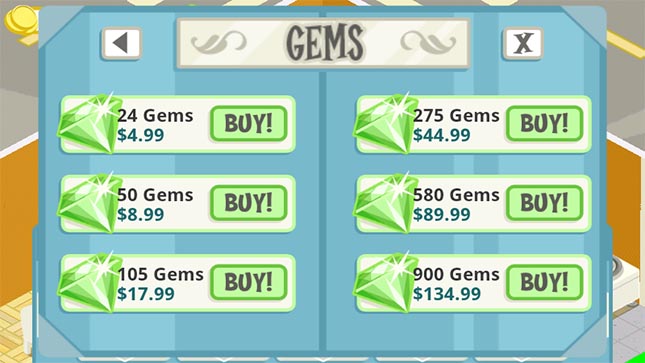
The ugly truth
The ugly truth is that IAPs are going nowhere and it is our fault. They offer a more stable and lucrative revenue stream than advertising ever has on any platform and that includes PC and consoles (which have had IAPs available for years in the form of expansion packs and DLC). In addition, devs used to charge money for apps (free-premium model) and we never bought them which forced devs to look for an alternate method to put quality apps in our hands and still make money.
All of the studies and numbers indicate that an in-app billing model will increase dramatically in the coming years. Soon, we will all be awash in free apps and games which only ask for money after we download them. It is happening and there is no longer anything we can do about it because the model is so successful.
Devs used to charge money for apps (free-premium model) and we never bought them
Worse yet, things are going to get a little worse before they get any better. As seen in Asphalt 8: Airborne, Angry Birds GO, and almost every EA game available right now, big developers are less bashful than ever when it comes to pandering for money. Even regular applications such as Timely can be highly offensive as they let you skirt the cost of the app if you spam your friends with invite codes. In short, it’s a giant mess.
The good news is the market is beginning to adapt. The Google Play Store is taking steps to inform consumers if an app has in-app billing so they know ahead of time. Developers in Japan are making huge progress on more appropriate, more effective ways to offer IAPs without offending gamers. In the not-so-distant future, the Play Store will begin to populate with truly awesome apps and games from developers who care about the quality of their titles and IAPs will be reasonably presented.
In the not-so-distant future, the Play Store will begin to populate with truly awesome apps and games from developers who care about the quality of their titles and IAPs will be reasonably presented.
Until then, we need to have patience and proceed with a more open mind. There are thousands of apps and games that have IAPs but still deliver amazing experiences and many more are on the horizon. There is a balance where everyone can be happy and the best way to show developers where that balance is located is to find the apps that already have this and use them.
The mobile app market is no different from others in that it changes and adapts based on consumer purchasing trends. In short, if consumers refuse to download good apps because of IAPs, it’s going to make it all the more difficult for developers to find that balance that makes everyone happy. The balance must be struck – and it’s up to mature developers and consumers to lead the way in exemplifying what constitutes best practices.